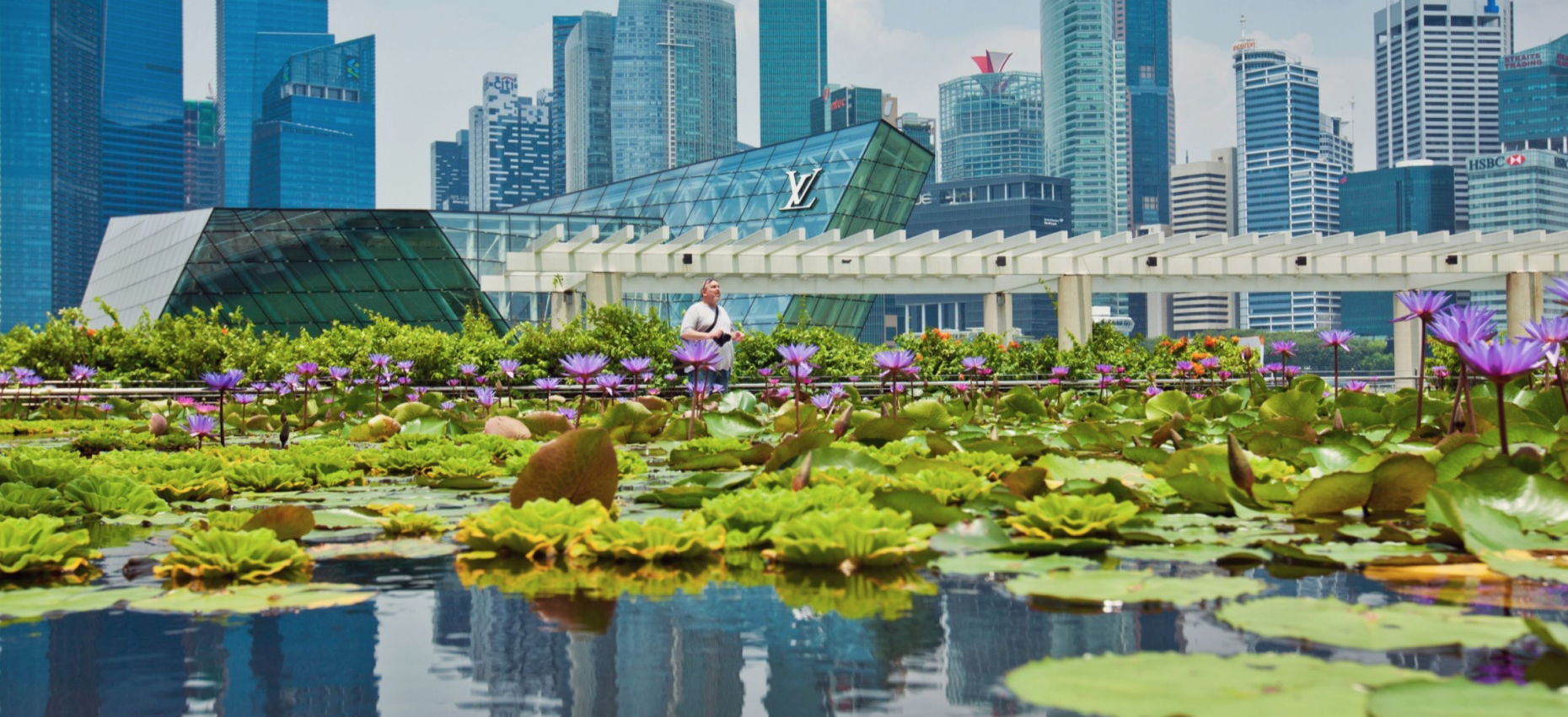Keeping Singapore cool
Greening keeps Singapore cool, but other measures are necessary to mitigate anthropogenic heat. Dr Dan Richards and Prof. Gerhard Schmitt share insights in a Bloomberg Citylab article.

Singapore has long recognised the benefits of greenery, using foliage as a tool in keeping Singapore's temperature down. In fact, vegetation can reduce air temperature by 1 to 2 degrees Celsius as well as providing shade, said Dr Dan Richards, principal investigator of the Natural Capital Singapore project at the Singapore-ETH Centre.
“Whether or not these impacts of vegetation are ‘effective’ depends on the target that planners choose to set, but it also depends on whether alternative technologies and techniques can do better, or provide more cost-effective solutions,” Richards said. In his earlier research, he worked with a team at the Future Cities Laboratory to develop an ecosystem services design loop, a concept that aids architects and landscape architects to consider the impact of their deigns on ecosystems.
Indeed, building design and smart technology are increasingly central to the strategy - including data modelling designed to help predict how future urban planning decisions will affect heat levels.
"Vegetation cannot entirely compensate for the active and passive anthropogenic heat that is released into the urban system,” said Prof. Gerhard Schmitt, lead principal investigator of the Cooling Singapore project, which moved into its second phase in September this year.
In its new phase, it is working on a data model of the city - the digital urban climate twin, or Duct for short. The digital tool is designed to allow planners and policy makers to test the temperature impact of different scenarios. Duct will incorporate information on buildings, traffic, vegetation, land surfaces and movement of people, as well as factors such as wind and sunlight.
“We can invent scenarios. We can design scenarios, test them before we actually build them. And if they test very well and we are sure that they will function, then we can start to build them and put them into reality,” he added.
Read the full article external page This Is How Singapore Keeps Its Cool as the City Heats Up in Bloomberg Citylab.